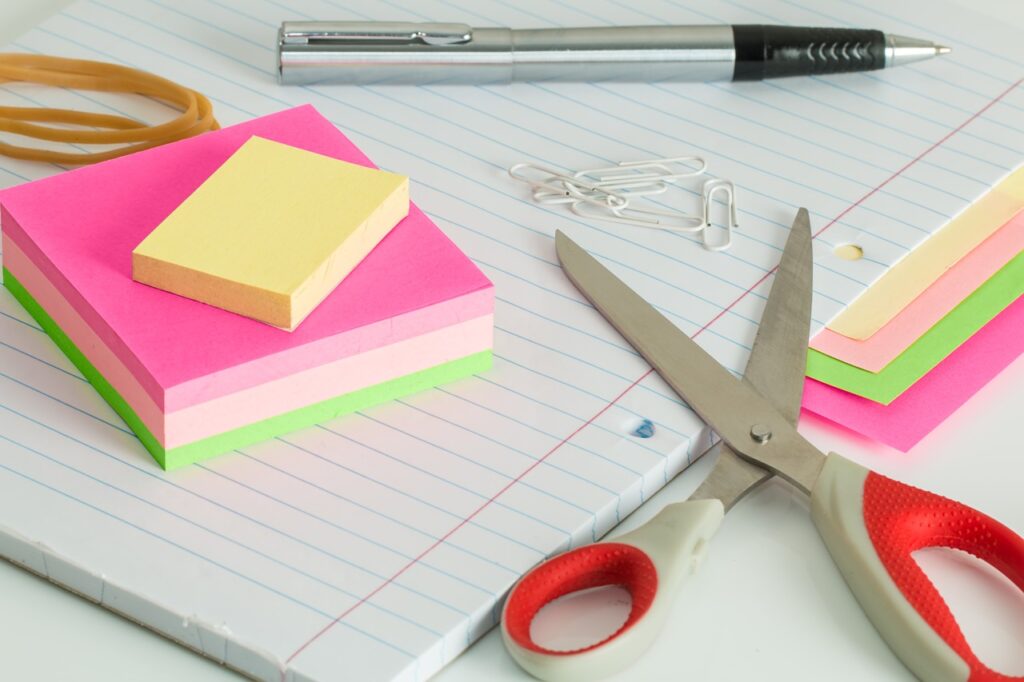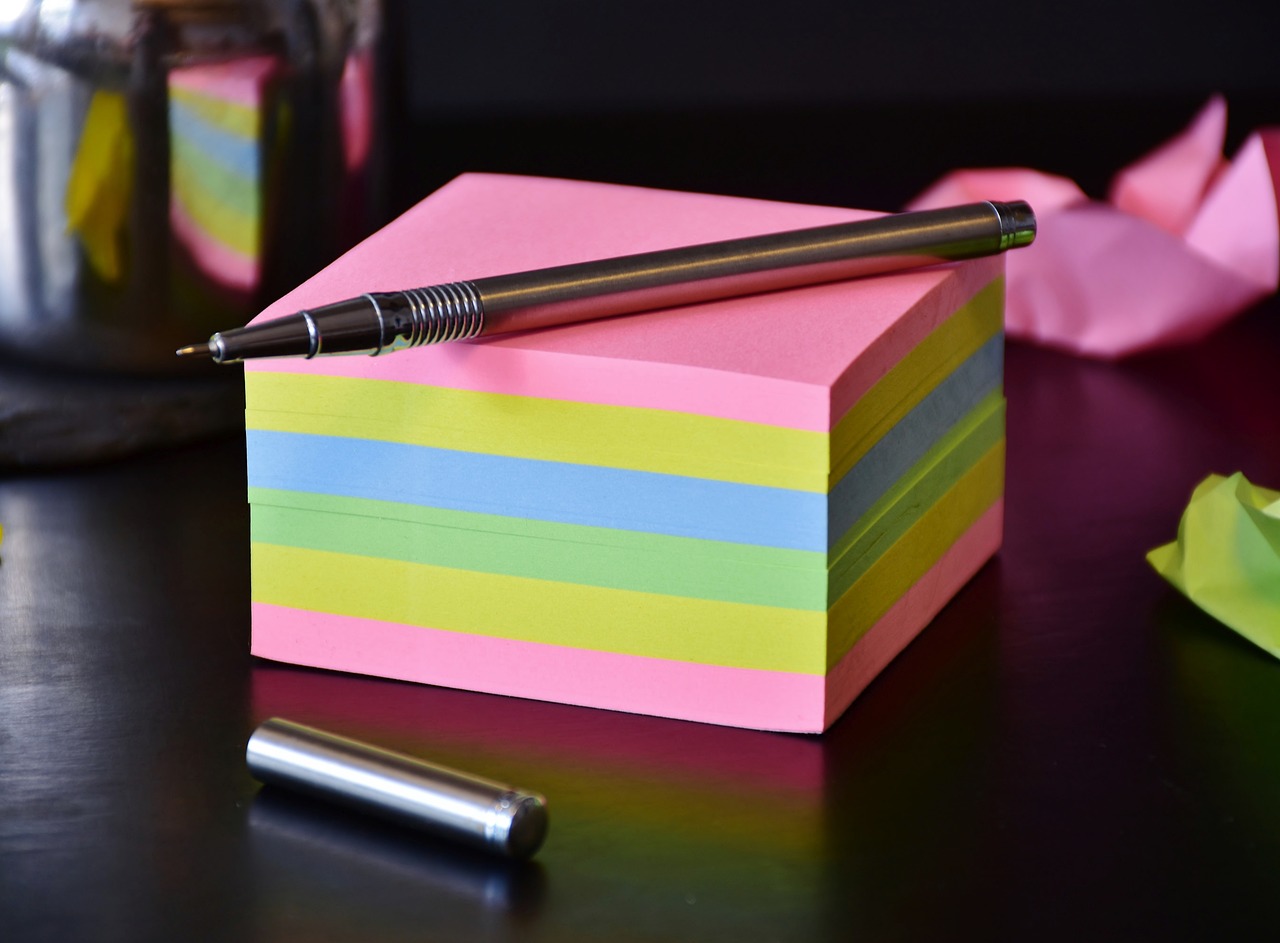Remembering lots of information can be tough. But don’t worry! Simple flashcards, those basic study tools, can be turned into fun weapons against forgetfulness. Here are 10 games to make studying more interesting and help you remember tricky concepts. Keep in mind, that flashcards work well for ADHD and hands-on learners.
1. Group Smackdown:
Gather your study buddies! Divide flashcards into categories, then form teams. Each team takes turns drawing a card and explaining the concept to their teammates within a time limit. The most accurate explanation wins the card (and bragging rights)!
2. Chain Reaction:
Arrange flashcards face-down. Flip one and explain the concept. Then, another player flips a card related to the first and builds on the chain. Continue until someone stumbles or the chain loops back to the beginning!
3. Pictionary Panic:
Act out the concept on your flashcard while your partner guesses. Bonus points for theatricality! This is especially fun for visual learners and can help solidify abstract concepts.
Pictionary Panic can be a surprisingly adaptable game for various university subjects. Here’s how it can benefit different areas:
Science:
- Biology: Act out animal behaviors, cellular processes, or the functions of different organs. Think charades meets science class!
- Chemistry: Mimic chemical reactions, element properties, or the structures of molecules. Get creative with the periodic table!
- Physics: Demonstrate physics principles like forces, motion, or wave interactions. Add humor for a memorable learning experience.
Social Sciences and Humanities:
- History: Portray historical figures, events, or cultural practices. This can be a fun way to bring the past to life.
- Psychology: Depict different psychological concepts, disorders, or therapeutic techniques. This can spark interesting discussions and deeper understanding.
- Literature: Act out scenes from plays, characters’ personalities, or literary devices. It’s a fun way to engage with literature differently.
Languages:
- Vocabulary Building: Act out the definitions of new words you’re learning. This can be especially helpful for visual learners and kinesthetic learners.
- Grammar in Action: Demonstrate verb conjugations, sentence structures, or grammatical rules through actions. It’s a fun way to move beyond rote memorization.
- Cultural Understanding: Depict cultural nuances, traditions, or social norms. This can spark curiosity and broaden your understanding of different cultures.
Bonus Tip: Adapt the difficulty level based on the subject and your learning goals. Start with simpler concepts and gradually progress to more complex ones.


4. Flashcard Feud:
Adapt the classic Family Feud format. Divide flashcards into answer and clue categories. Teams take turns guessing answers based on increasingly specific clues. Most points wins, and the losing team faces a study-related forfeit!
If you’re unfamiliar with Family Feud, imagine a high-energy game show where teams try to guess the most popular responses to survey questions. Flashcard Feud brings that excitement to your study session! Here’s a breakdown:
What you’ll need:
- Flashcards: Divide these into two sets: Answers and Clues. For answers, write down key concepts or terms from your study material. For clues, write hints related to those answers, starting with broad hints and getting progressively more specific. The number of clues and answers depends on your group size and complexity of the topic.
- Teams: Divide your study group into two teams (ideally 3-5 players each).
- Scoreboard: Keep track of points for each team (points could be awarded for correct guesses or funny answers!).
- Forfeits (optional): Prepare some lighthearted study-related punishments for the losing team (like explaining a specific concept to the other team in a funny way).
How to play:
- Choose a clue giver: Select someone from one team to give the clues.
- Reveal the category: Start with a broad category that encompasses your answer set (e.g., “Things found in a kitchen”).
- Give the first clue: The clue giver reads the first, most general clue about the most popular answer on your list (e.g., “Used for cooking”).
- The team guesses: The opposing team has the chance to guess the top answer based on the clue. If they’re wrong, they pass, and the other team gets a chance to guess.
- Move down the list: If no team guesses the top answer, the clue giver reveals the next most popular answer based on their list (e.g., “Needed for baking”). Teams keep guessing as clues get more specific, earning points for correct guesses.
- Repeat for new categories: Play multiple rounds with different categories and answer sets.
- Declare the winner: The team with the most points at the end wins!
- Face the forfeit (optional): If you included forfeits, the losing team performs their study-related penalty.
Tips and tricks:
- Adjust difficulty: Use simpler clues for introductory topics and more challenging ones for complex concepts.
- Get creative: Encourage funny or outlandish guesses for bonus points or entertainment!
- Adapt the format: You can adjust the number of clues, rounds, or team sizes to fit your group and study needs.
- Embrace the competition: Get into the game show spirit with team cheers and playful banter.
Remember: The goal is to have fun while solidifying your understanding. So grab your flashcards, gather your study buddies, and let the Flashcard Feud commence!
5. Memory Match Mayhem:
This one’s a twist on the classic. Spread flashcards face-down in a grid. Players take turns flipping two cards. If they match (concept and answer), they keep the pair. If not, they memorize what they saw before flipping them face-down again. Most matches wins!
6. Blind Date Blitz:
Write answer prompts on one set of flashcards and corresponding concepts on another. Shuffle both sets and draw one from each pile. Try to connect the seemingly random pair, sparking creative thinking and deeper understanding.
7. Sticky Note Surprise:
Scatter flashcards around your study space on sticky notes. As you move around, answer the questions aloud. This active learning approach keeps you engaged and helps you retain information better.
8. Flashcard Flip Challenge:
Set a timer and see how many flashcards you can accurately answer within the time limit. Gradually increase the difficulty or number of cards as you improve. This gamifies memorization and helps you track your progress.
9. Collaborative Quiz Show:
Partner up and take turns quizzing each other using flashcards. Award points for correct answers and deduct for wrong ones. The winner gets to choose the next study break activity!
10. Digital Dojo:
Download a flashcard app and turn your phone into a portable learning device. Utilize spaced repetition features and gamified elements to keep things engaging. Plus, you can study on the go! Apps like Quizlet can be very handy.
Remember, the key is to adapt these games to your learning style and the specific material you’re studying. So grab your flashcards, unleash your inner game master, and conquer those exams with confidence! And hey, if all else fails, a good old-fashioned quiz with a friend never hurts. Happy studying!








